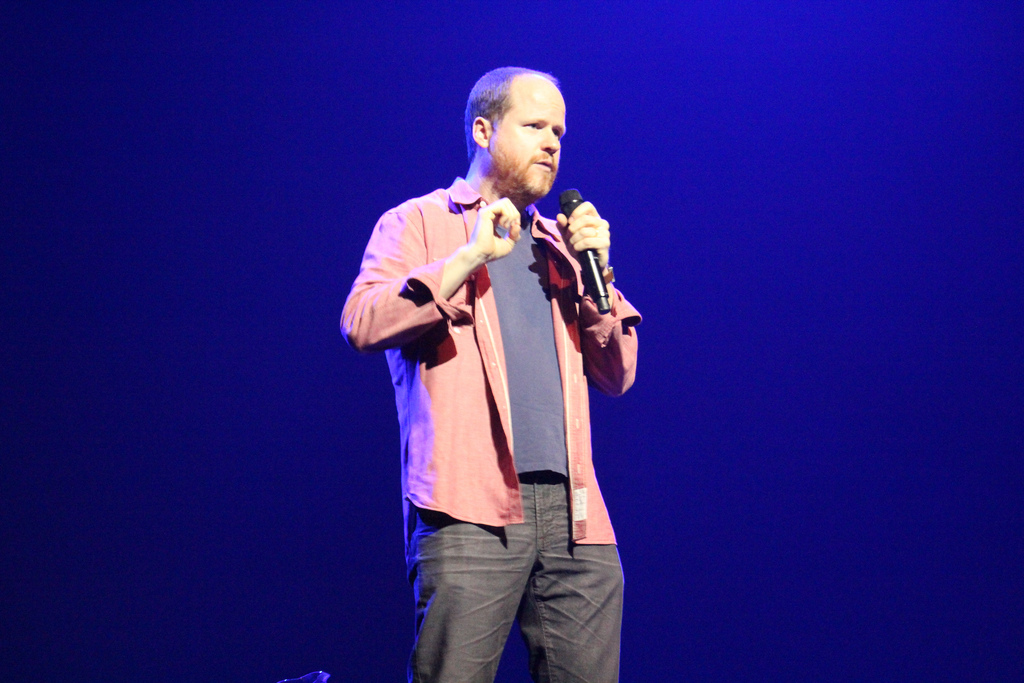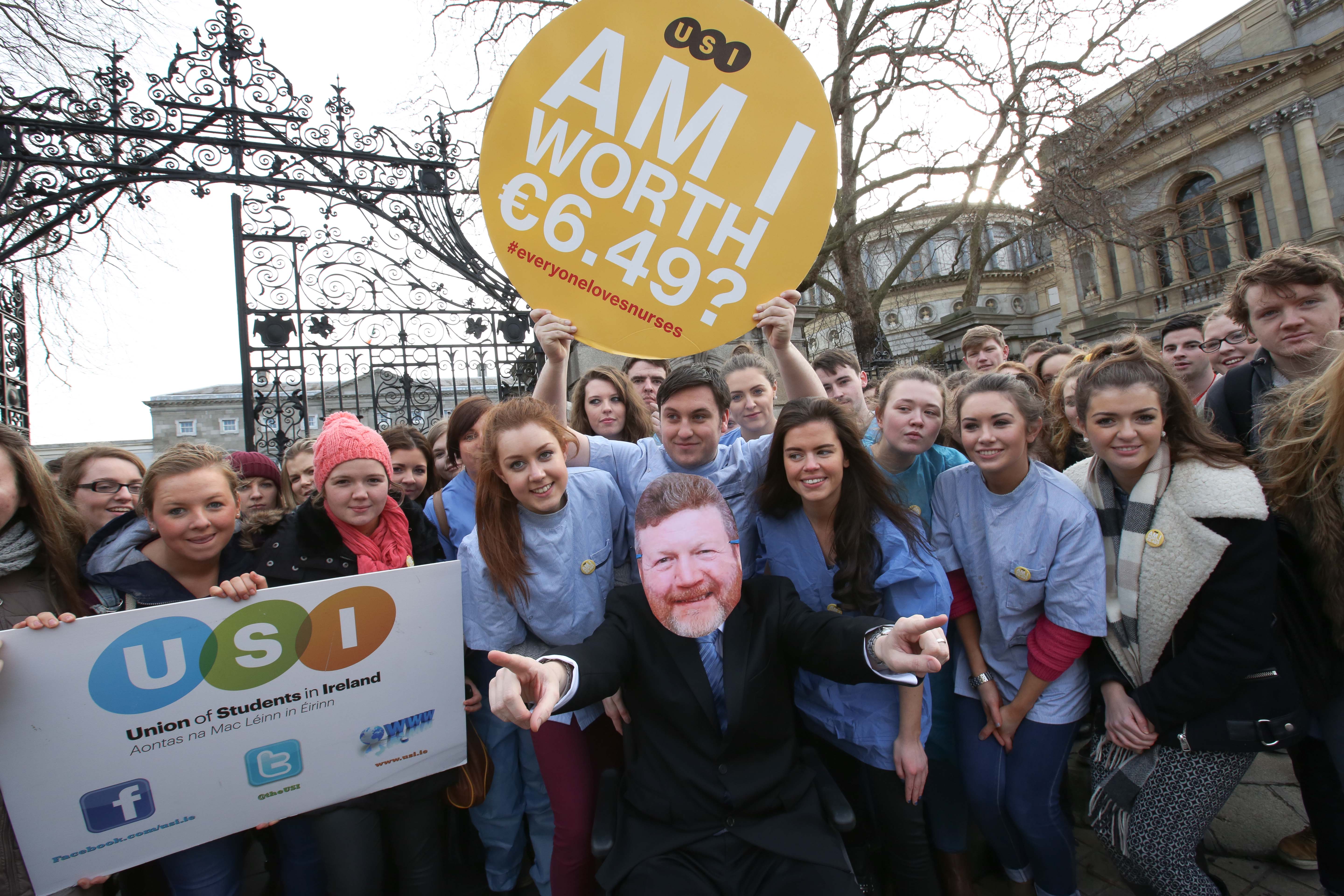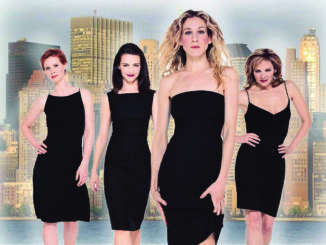
You all know Natalie Portman, right? She’s an Oscar-winning actress with critical acclaim for her acting credibility and is one of Hollywood’s leading stars. Yet in Marvel’s latest film release, Thor: The Dark World, Portman’s character (astrophysicist Jane Foster) is reduced to standing behind Chris Hemsworth looking pretty and aghast with doe-eyed fear. The Telegraph even claims Jane Foster is “Marvel’s least useful or credible character. Here, when the screenwriters can’t think of anything better for Jane to do, they just have her faint repeatedly.” This description sounds familiar.
We live in a post-Bridesmaids and post-Hunger Games world, yet women are still largely underrepresented on the big screen; in strong leading roles anyway. According to a study done by the University of Southern California Annenberg School for Communication and Journalism in 2012, the number of female roles in Hollywood blockbusters was at the lowest in the last five years. When women did appear, 56 per cent of them were portrayed as sex objects. In comparison, men were only dressed provocatively six per cent of the time. Only 28 per cent of the speaking roles in the top 500 films were women and six per cent of films were balanced between men and women. The lack of female presence on the big screen is disheartening, especially when actresses are used as love interests or mere props in the background. This is most likely the reason for the new Bechdel Test; the film rating system in Sweden which will decide if both men and women are portrayed equally on screen and determine whether that film ‘passes or fails’ the test.
“The goal is to see more female stories and perspectives on cinema screens,” said Ellen Tejle, the director of Bio Rio – one of the cinemas to accept the new system. To receive an ‘A’ rating, the film must have at least two named female characters who talk to each other about something other than a man.”
Women have proved countless of times they are just as funny and versatile as men, with rare films such as The Help and The Hunger Games showcasing the depth and humour actresses possess. Films are marketed with male actors and attractive background actresses, assuming that is all the audience wants to see, despite evidence suggesting otherwise. It is clear an attitude change is badly needed.
Joss Whedon, creator of Buffy the Vampire Slayer recently spoke at the Make Equality Reality seminar about how women are viewed in society, but it was his speech seven years ago at the same conference that still holds true to this day. Addressing the audience he relayed his experience at press junkets with journalists. Every reporter would ask him the same question; “Why do you write these strong female characters?” He would answer with some prepared, boring response until he would get fed up and finally ask the reporters, “Why aren’t you asking the other 100 guys why they don’t write strong female characters?”
The same question would still persist until he eventually answered with a final statement about why he created these female characters, “Because you are still asking me this question.”
Seven years later and nothing has changed.
Emily Bodkin




Leave a Reply